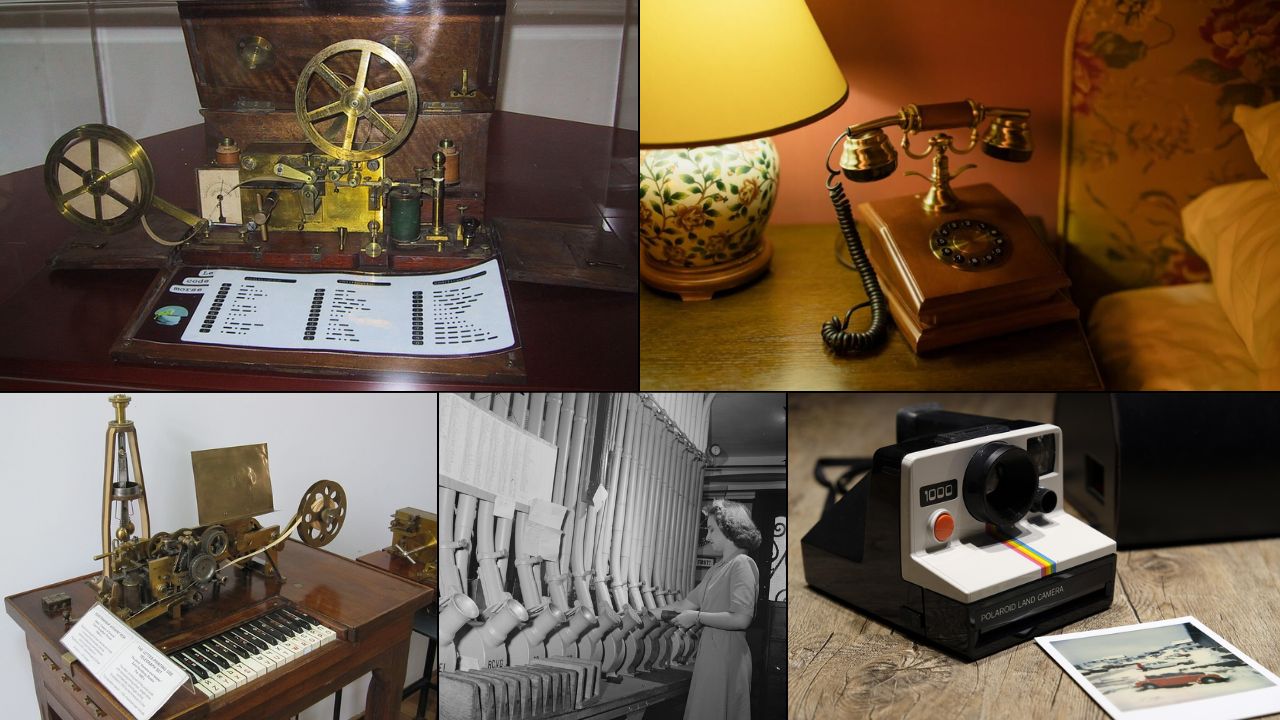Modern technology often feels like it appeared out of nowhere, but every innovation stands on the shoulders of earlier creations that laid critical groundwork. Some of these inventions were once celebrated but have since faded from daily use, even though they quietly shaped the way Americans live, work, and connect today. From communication breakthroughs to household essentials, these forgotten technologies paved the road to our digital lives. Their legacy proves that even small ideas can transform the future.
1. Telegraph Systems
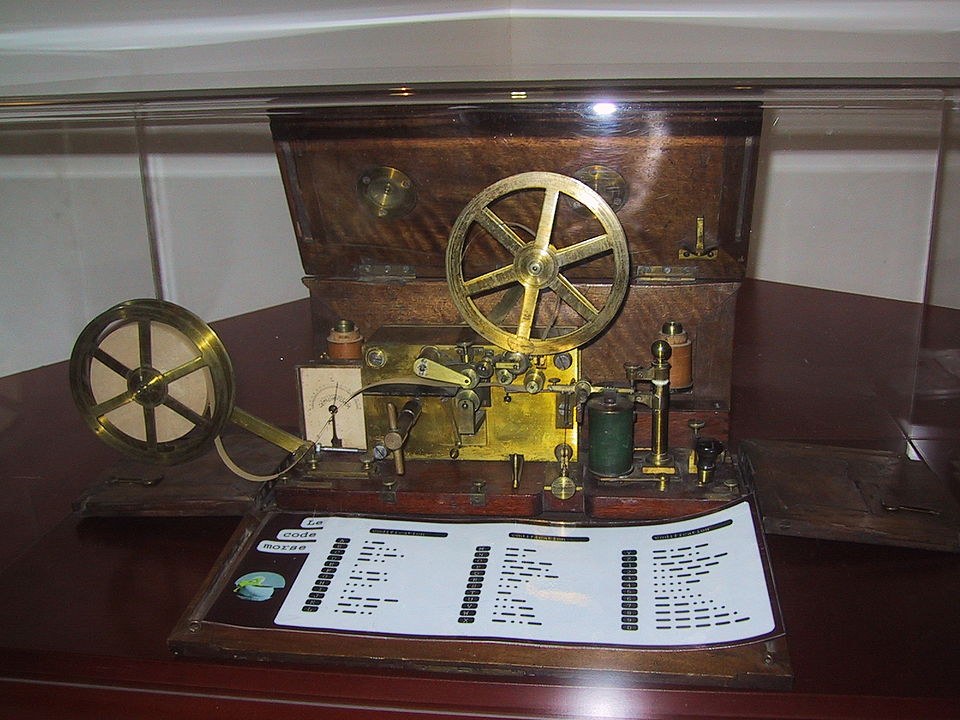
Before texts and instant messaging, the telegraph was the first true long-distance communication tool. Samuel Morse’s development of Morse code in the 1830s allowed people across America to send messages faster than letters could ever travel. Businesses relied on it to transmit critical information, and newspapers used it to spread news quickly. Although the telephone eventually replaced it, the telegraph proved that electronic signals could carry human messages. That core concept later influenced fax machines, the internet, and modern digital communication. It showed Americans how fast information could travel and made speed an expected part of communication.
2. The Printing Telegraph
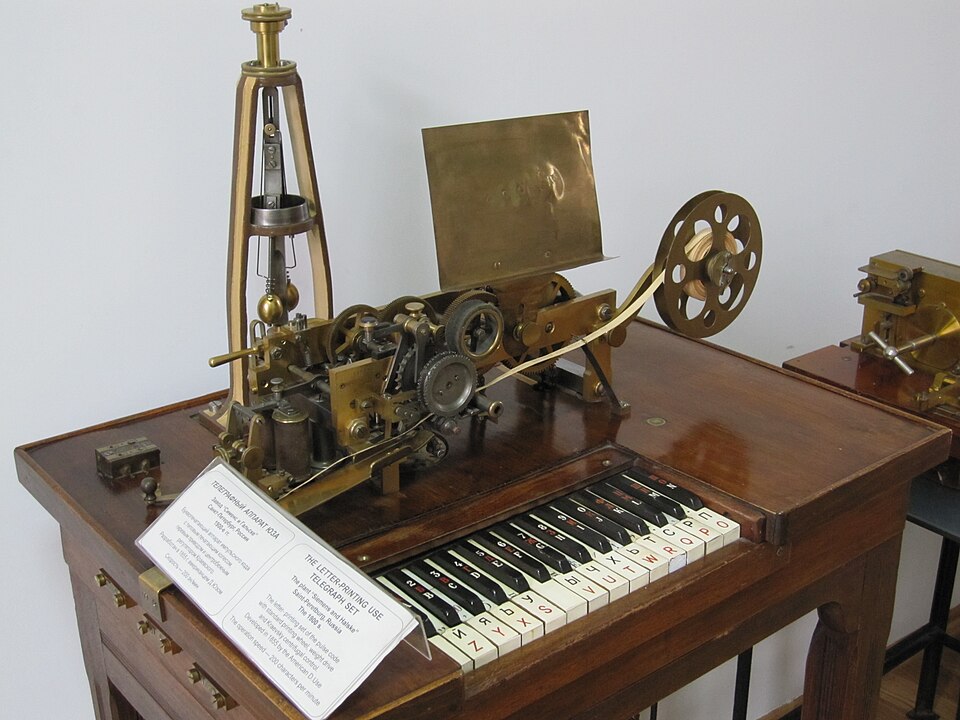
An upgrade from Morse’s dots and dashes, the printing telegraph in the mid-1800s printed out readable letters instead of coded signals. This made communication more user-friendly, since operators no longer needed to translate code. Businesses, banks, and government offices used it to cut down errors. While it eventually faded out, it inspired the way data is transmitted in readable formats. Early typewriters and printers borrowed from their mechanics, and the idea of instantly printed information laid the foundation for fax machines and office printers we still rely on.
3. Pneumatic Tubes

In the late 19th and early 20th centuries, pneumatic tubes delivered mail and messages through pressurized pipes. Cities like New York and Washington, D.C., relied on these systems to send letters and even small packages quickly. Department stores used them to move receipts and cash between floors. While replaced by phone calls and email, the tubes proved that physical items could travel fast through networks. The same principle shows up in modern hospitals with tube systems that transport samples, and in futuristic concepts like Hyperloop transportation.
4. The Slide Rule
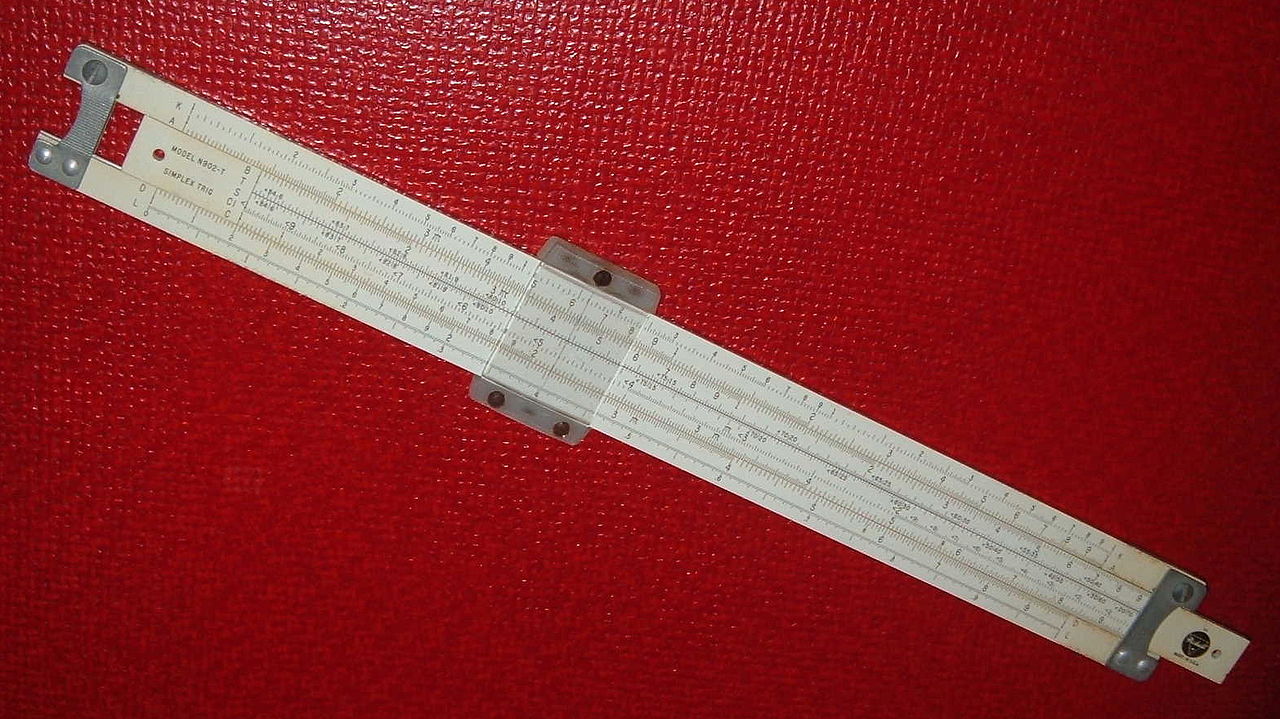
Long before calculators, students, engineers, and even NASA astronauts used slide rules to solve complex math problems. Invented in the 1600s but heavily used in America through the mid-20th century, slide rules allowed quick calculations by aligning sliding scales. They were primarily used by engineers who built highways, bridges, and space technology for calculations such as multiplication, division, squares, cubes, square roots, cubes roots, trig functions, and exponentials and logarithms. When calculators emerged, slide rules disappeared almost overnight. Still, they taught problem-solving skills and precision that shaped modern computing tools, showing how design can simplify difficult tasks for everyday users.
5. The Jacquard Loom
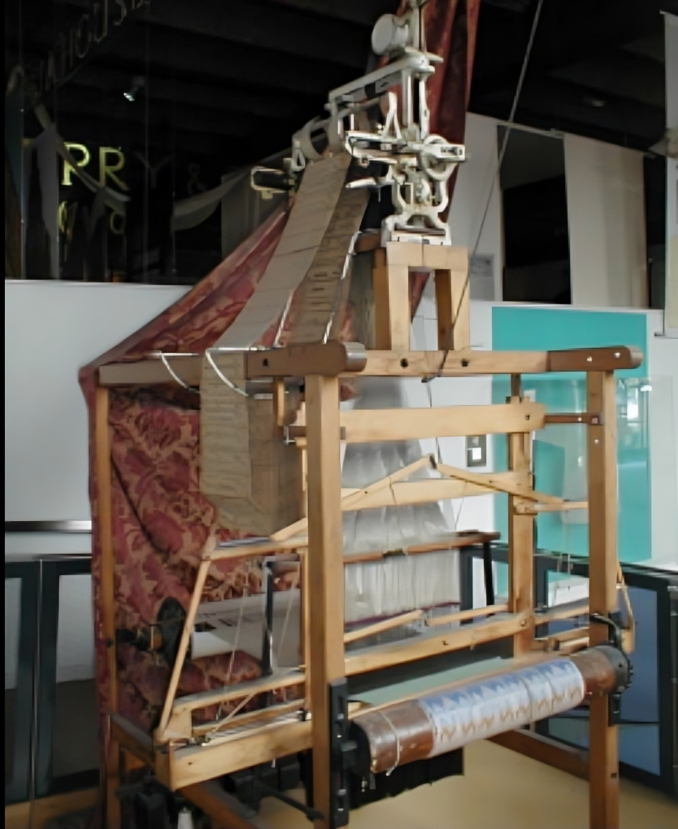
The Jacquard loom, invented in the early 1800s, might seem like just a textile tool, but it introduced punch cards to control patterns in weaving. American factories later adopted this system, influencing how information could be stored and reused. Those same punch card concepts became essential for early computers, allowing machines to follow programmed instructions. What began in fabric production helped launch the digital age, connecting the industrial revolution to the information revolution that still shapes American life today.
6. Vacuum Tube Computers
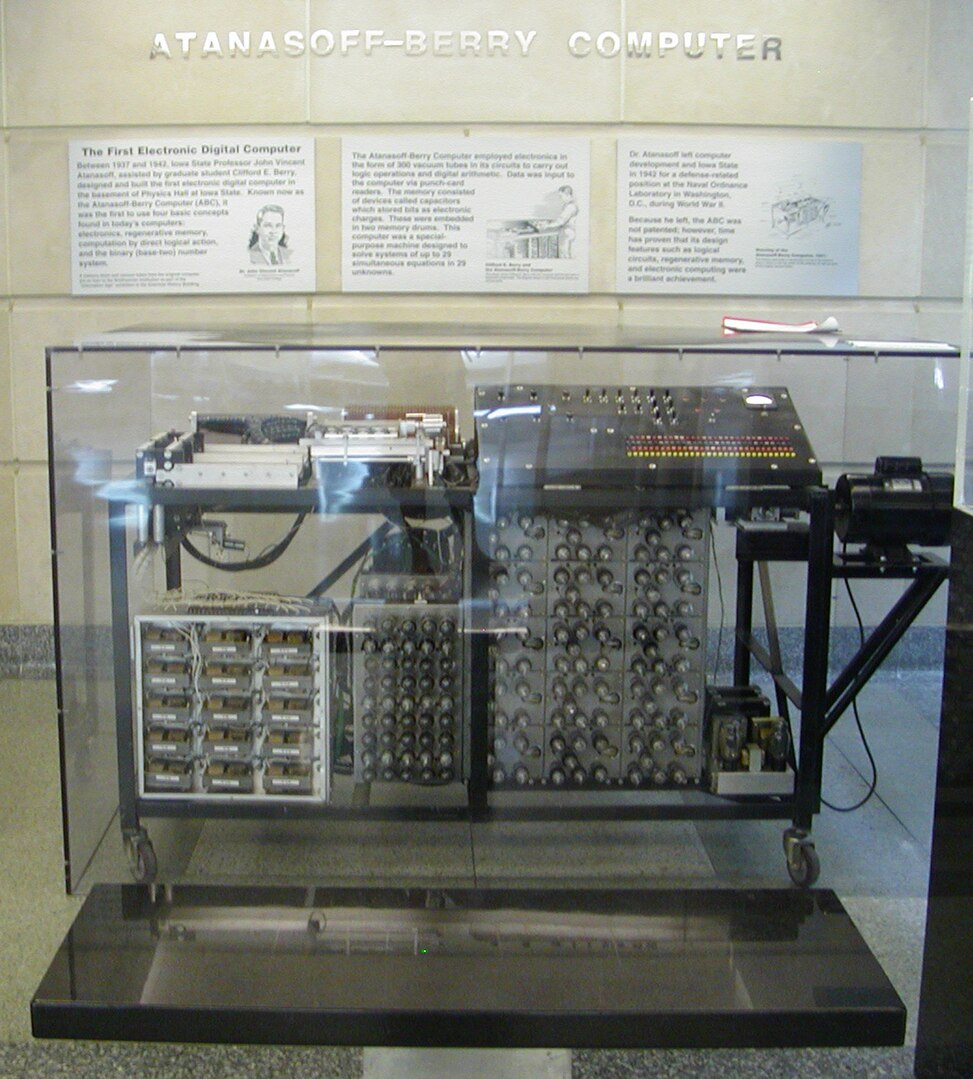
Before microchips, computers ran on vacuum tubes, glass cylinders that controlled electricity. These massive machines filled entire rooms but could process data faster than humans. The ENIAC, one of America’s first computers built in the 1940s, relied on thousands of tubes. While they constantly overheated and required constant maintenance, they made coding and large-scale computation possible. The limitations of vacuum tubes inspired scientists to develop transistors, which made devices smaller, faster, and more reliable. Every smartphone today owes its efficiency to the path vacuum tubes began.
7. The Phonograph
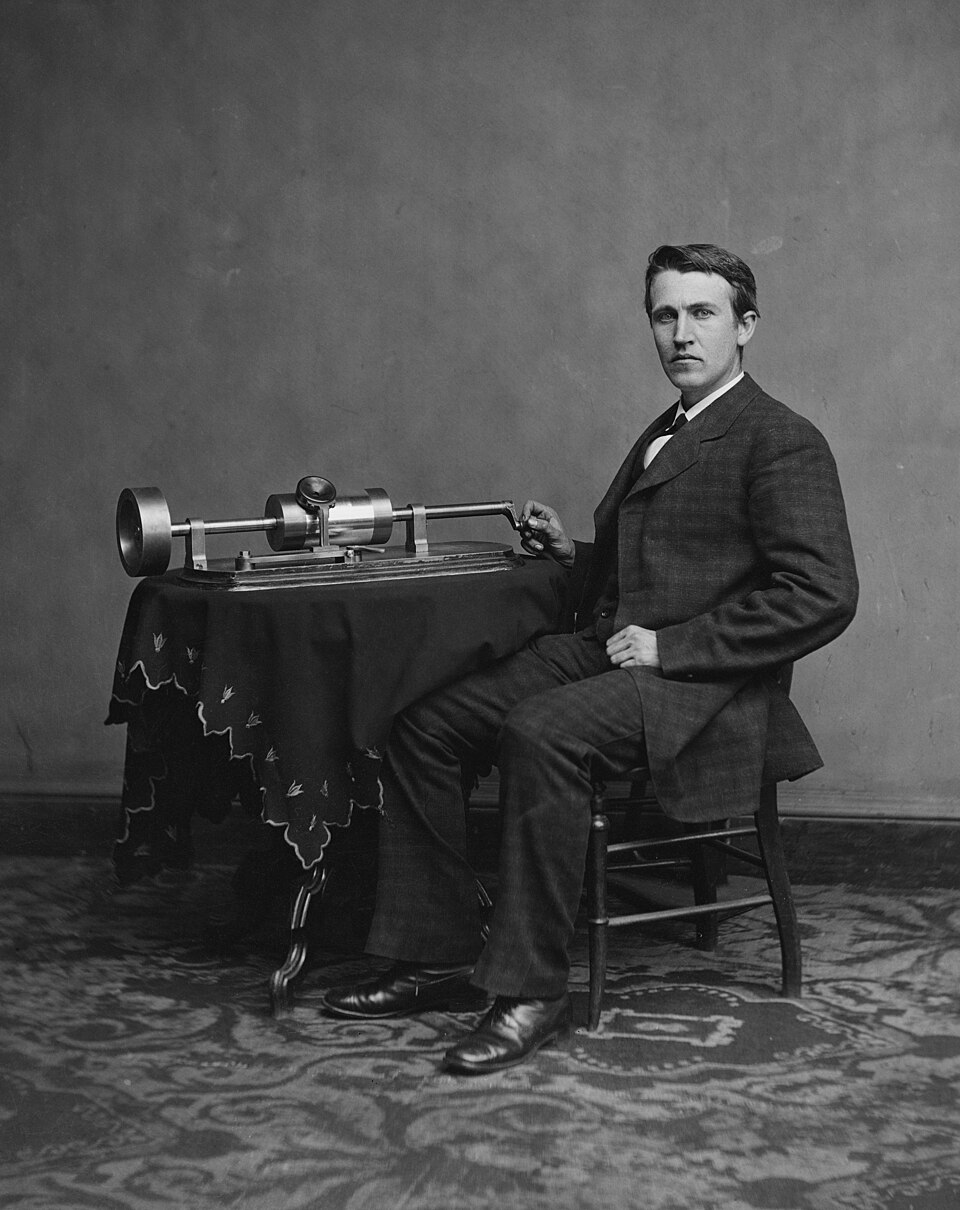
Thomas Edison’s phonograph, invented in 1877, changed entertainment forever. For the first time, Americans could record and replay sound. Music, speeches, and even family messages could be preserved, something unimaginable before. This invention fueled the growth of the music industry and influenced radio and cassette players. Though vinyl records gave way to CDs and streaming, the phonograph’s concept of capturing audio still drives how we experience entertainment. Its influence is still felt in every playlist and podcast streamed today.
8. The Pager
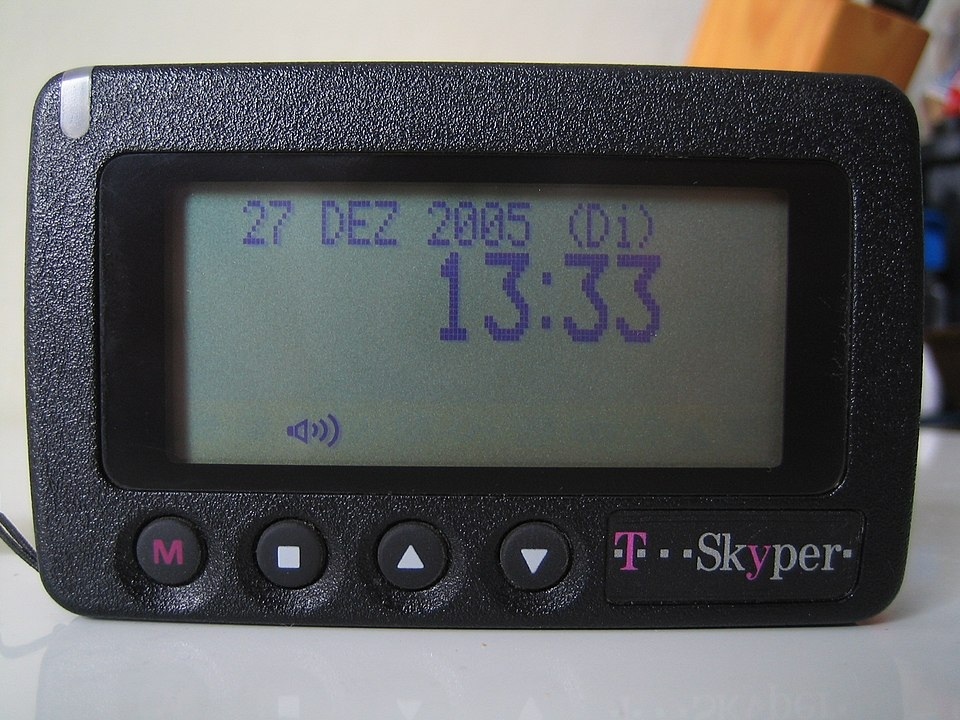
Before text messaging, pagers ruled the 1980s and 1990s. Doctors, businesspeople, and teens alike carried them to receive short numeric or alphanumeric messages. While limited, pagers created a culture of constant availability. They were the first step in portable communication, teaching Americans to expect real-time contact even outside the home. When cell phones took over, pagers faded fast, but they left behind the culture of instant notification that defines today’s phones, social media apps, and messaging platforms.
9. The Polaroid Camera
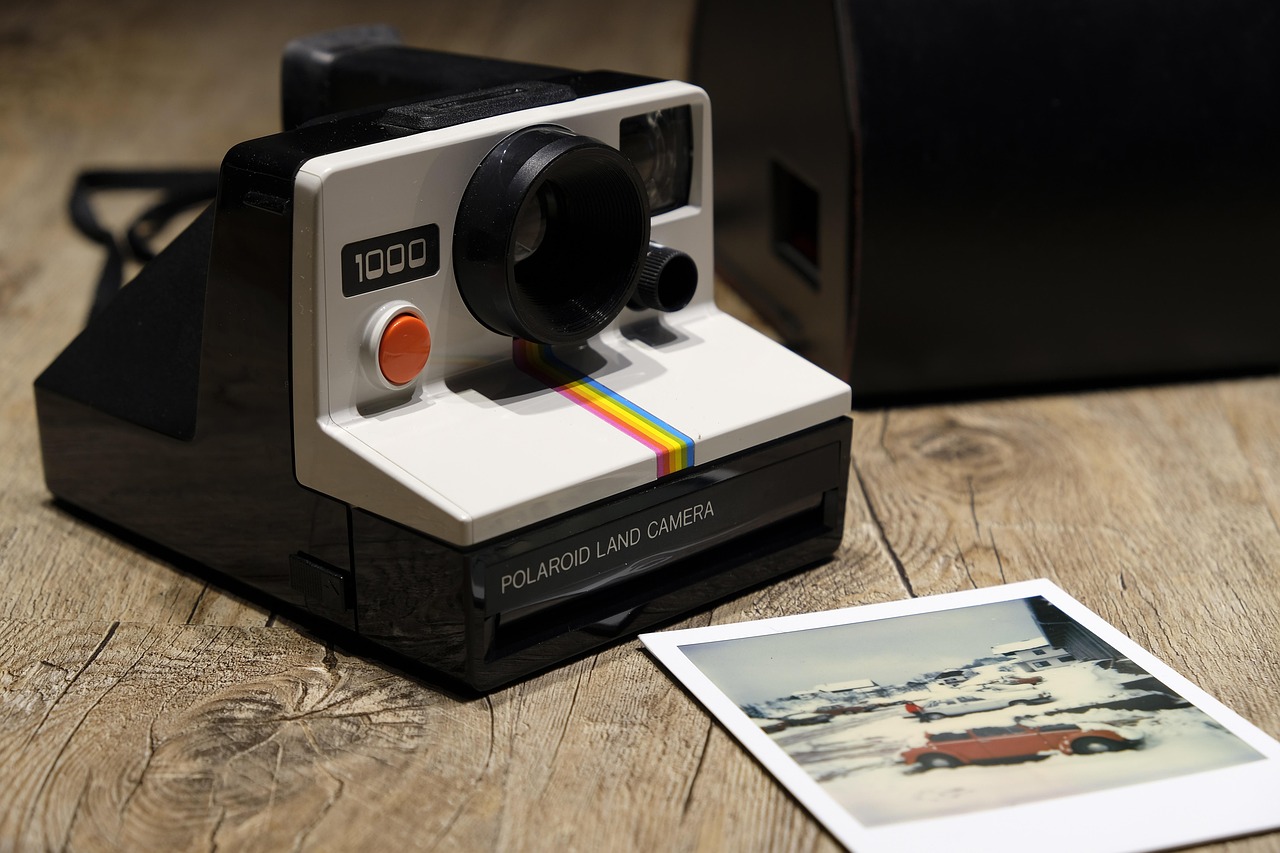
Instant cameras, especially Polaroids, gave Americans a new way to capture memories without waiting for film development. Introduced in the mid-20th century, they were a hit at family gatherings, schools, and parties. The ability to hold a printed photo just minutes after taking it was revolutionary. While digital cameras and smartphones replaced them, Polaroids inspired the culture of instant photography we see today on Instagram and Snapchat. They remind us how much Americans value sharing moments quickly and visually.
